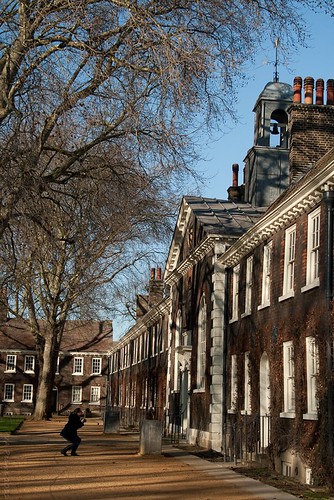The waiting is over! Thankyou to all of you who guessed, and apologies for driving one or two of you a little mad. We can now reveal the true identity of our mystery object: congratulations to those who guessed it was a tea cup!
 |
| (c) Geffrye Museum, London |
One of the things we are currently in the process of doing is putting together a digital story on the history of tea drinking in English homes (available on the Geffrye Museum website from early May), so we will be looking at a lot of teacups in the next few weeks!
This one is part of a set manufactured by Royal Worcester in 1876, and is decorated with the ‘Variety’ pattern, which includes a scroll pattern, stylised flowers and a bamboo design.
The decoration is influenced by both Japanese and Middle Eastern designs, and is our first example of how styles and techniques from across the globe have appeared in English homes.
















